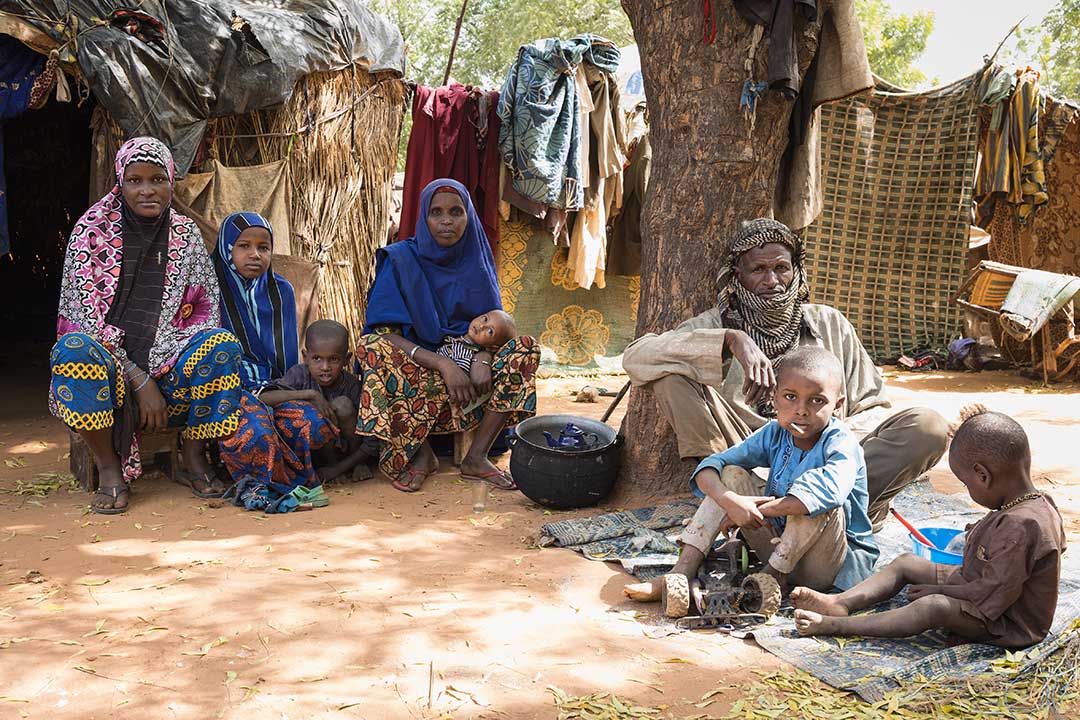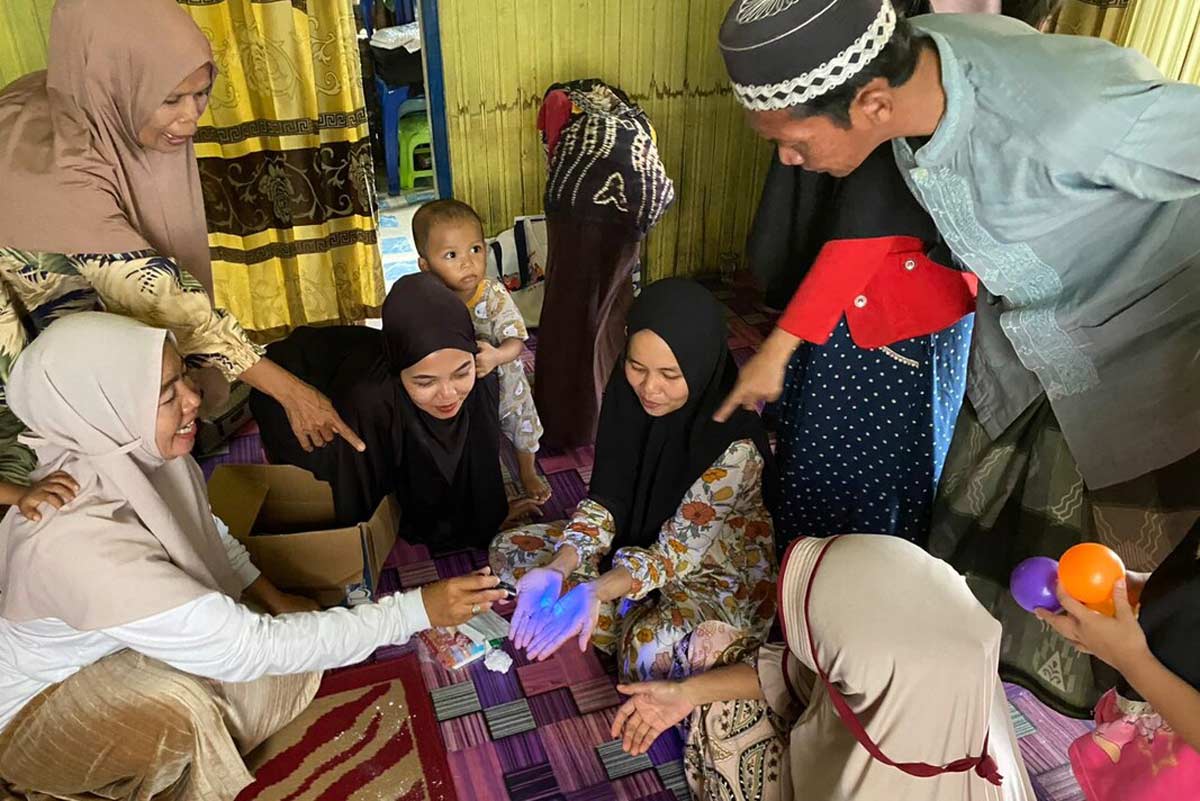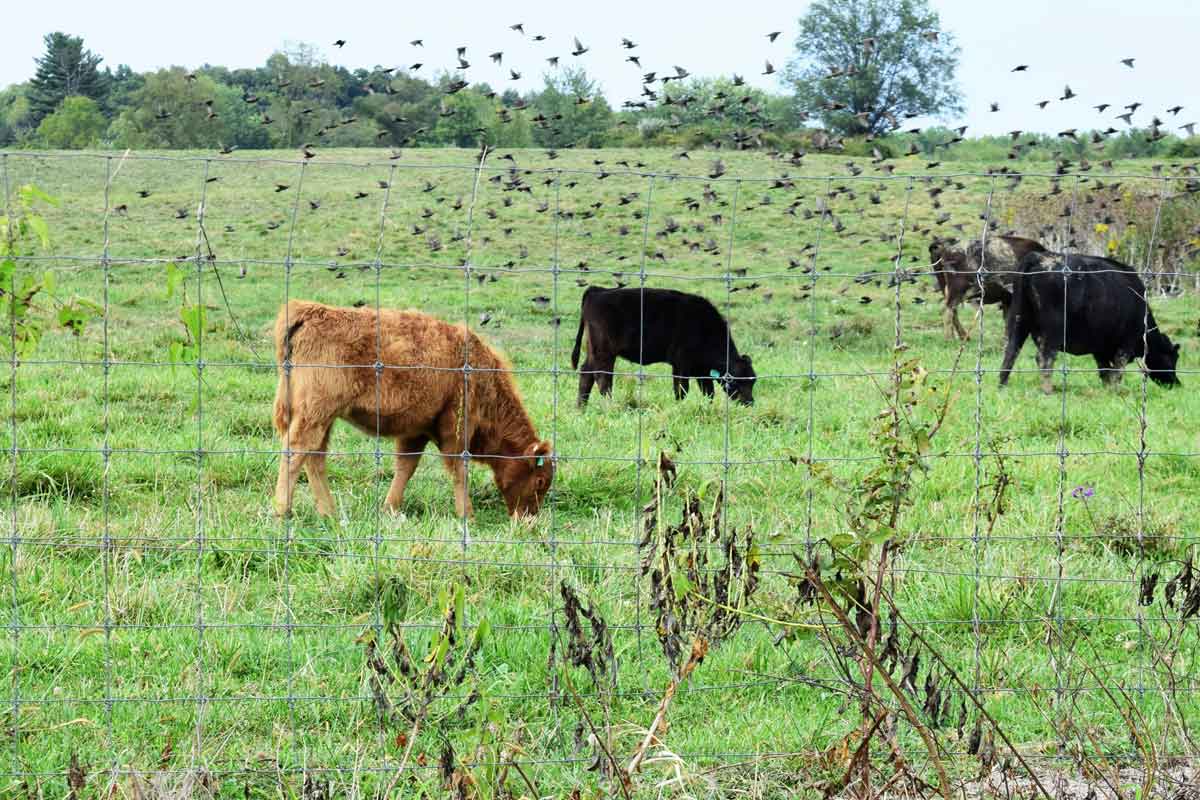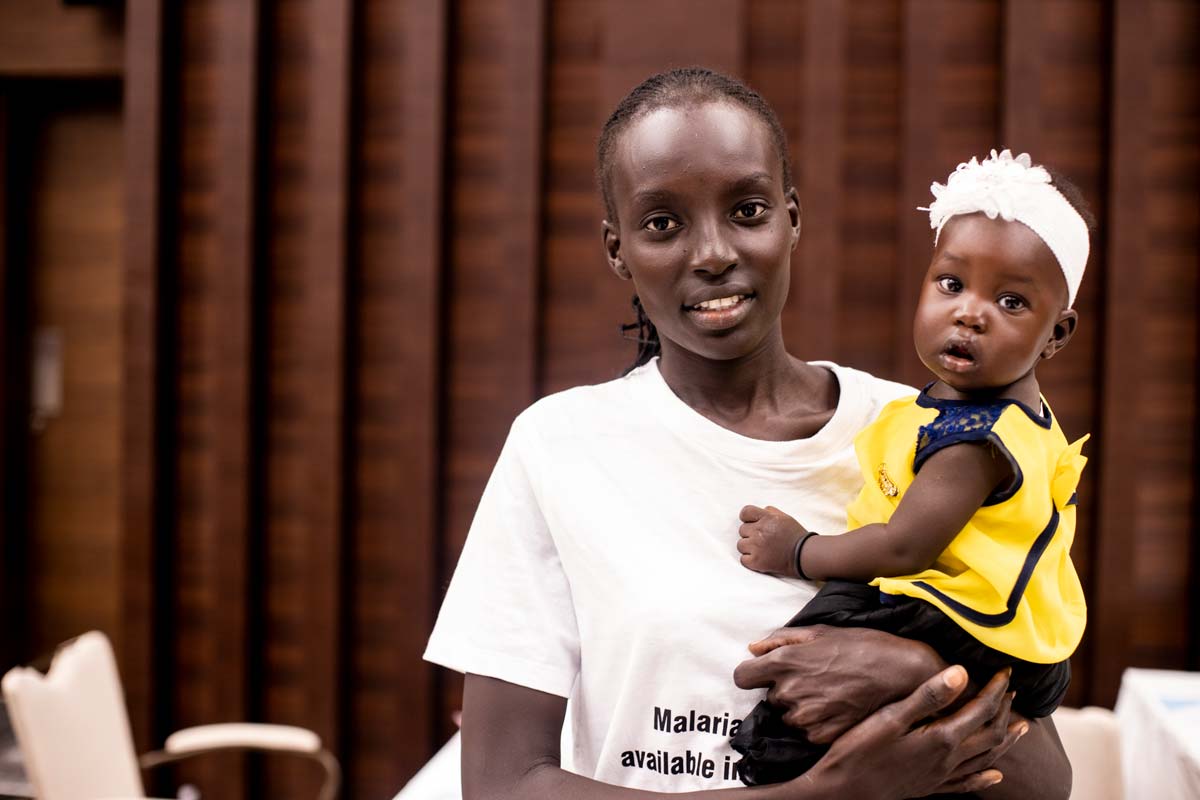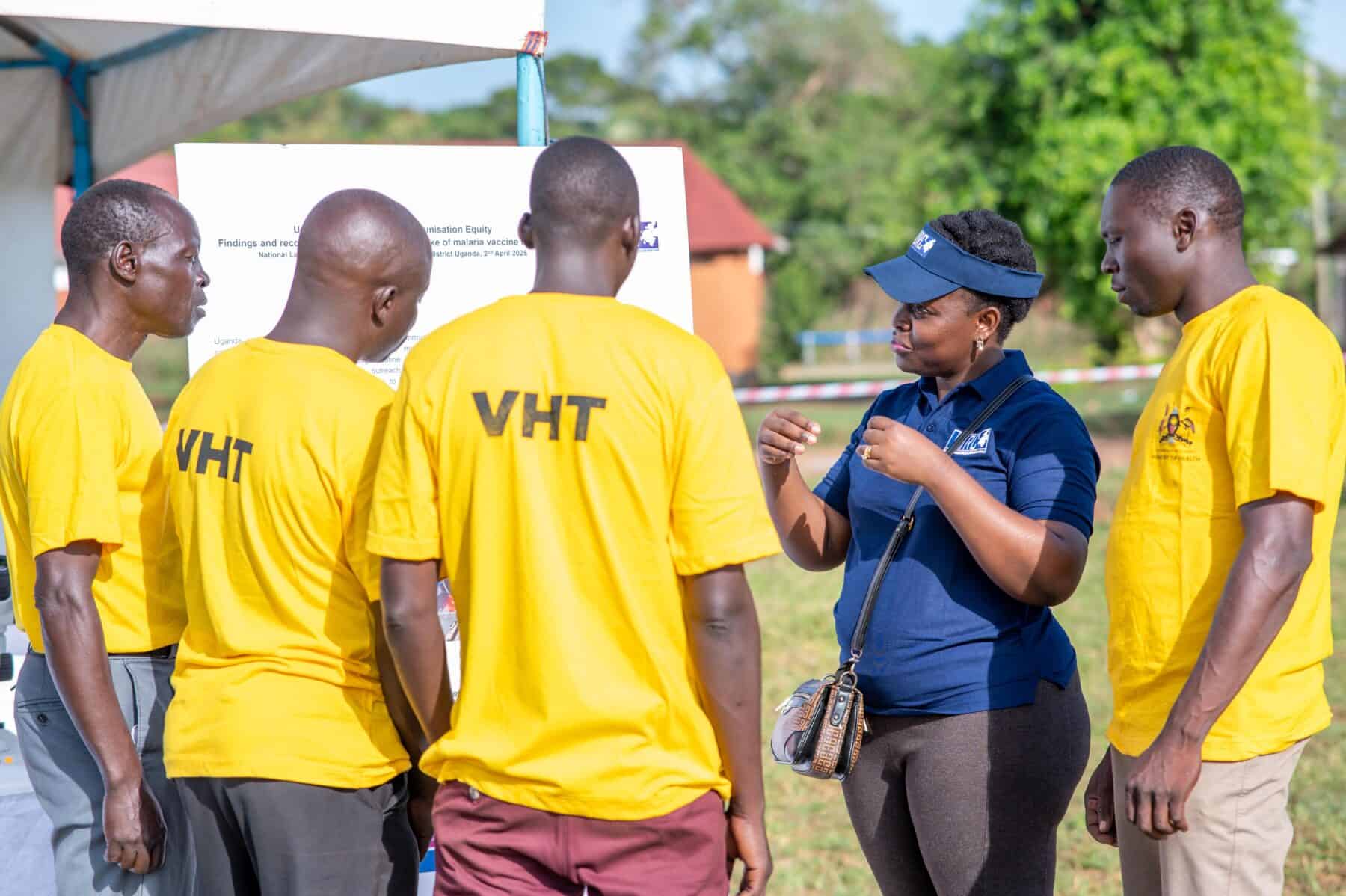Seven key things to know about the HPV vaccine
The human papillomavirus (HPV) vaccine can prevent cervical cancer, which currently kills one woman every two minutes.
- 22 August 2024
- 3 min read
- by Gavi Staff
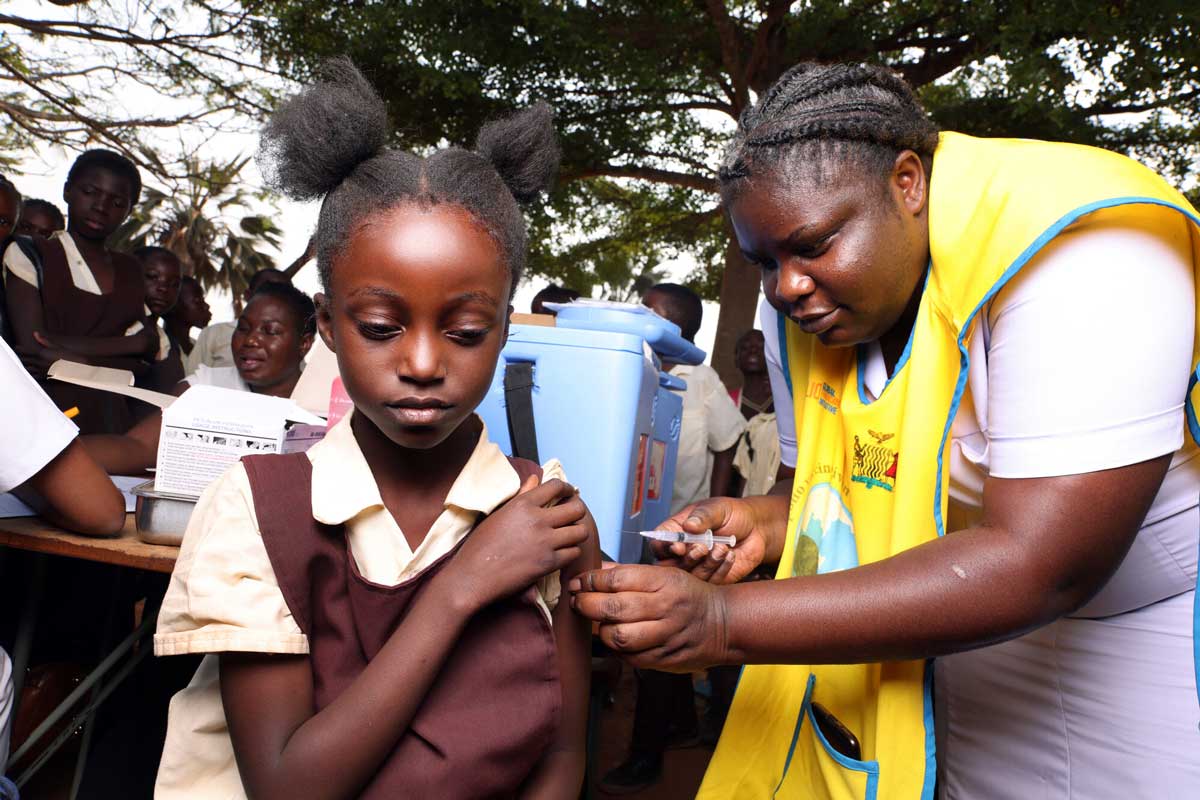
The human papillomavirus (HPV) is a virus so common that around 80% of all people will have at least one HPV infection in their lifetime. In some people, however, the virus can cause cervical cancer: HPV is associated with over 90% of cervical cancer cases.
Currently, a woman dies every two minutes of cervical cancer. The global goal is to achieve 90% coverage of the HPV vaccine as the first step to cervical cancer elimination. Gavi is supporting access to HPV vaccines worldwide, with the aim of reaching 86 million girls by the end of 2025 . Here, Emily Kobayashi, head of Gavi’s HPV Vaccines Programme, explains seven key things to know about the HPV vaccine.
1. Women in poorer countries are hardest-hit
Over 90% of cervical cancer cases take place in lower- and middle-income countries (LMICs), where women have less access to cervical cancer screening and poor access to treatment.
2. …but we can shield them
The HPV vaccine is highly effective in preventing those cases from ever happening.
3. The HPV vaccine is very safe
It has been used in millions of people in many contexts, and the World Health Organization has repeatedly reviewed the evidence to determine that the risk of negative effects is very low.
4. It reaches older kids than other childhood vaccines
HPV vaccination is important not just because so many women in LMICs are dying of a preventable disease, but also because it provides the opportunity to vaccinate older children who have traditionally not been reached with vaccines. And in the future, we know there will be more vaccines that protect those older children, which means it’s critical to establish those pathways of access.
5. We’re managing to protect more girls than ever
In 2023, Gavi support helped reach 14 million girls – more girls in a single year than we had reached in the prior ten years of Gavi’s programme. This was the result of two factors. First, some large countries introduced the HPV vaccine for the first time to their national health systems. In 2023, we saw introductions in Nigeria and Bangladesh, supported by Gavi.
The second factor is that governments have been working hard on improving access to the HPV vaccine. So, the percentage of girls with access to the vaccine in those health systems has increased, especially after COVID-19 when a lot of schools were closed and a lot of programmes had lower coverage. The combination of these new introductions and this increase in coverage has led to a much higher percentage of girls in the world who have access to the vaccine.
6. …and we’ll reach more girls in more countries in the coming years
Gavi is continuing to work with countries that want to introduce the HPV vaccine into their national health systems. In 2024 and 2025, we're going to see a number of countries newly introducing the vaccine. And we'll also be supporting campaigns that are reaching older girls who may not have had the chance to receive the vaccine in the past.
7. By the end of 2025, we’ll have helped protect 86 million girls
We are on track to reach 86 million girls by the end of 2025, and we're doing it in partnership with governments, with advocates, with the manufacturers of the vaccine and everyone who's invested in trying to eliminate cervical cancer.
